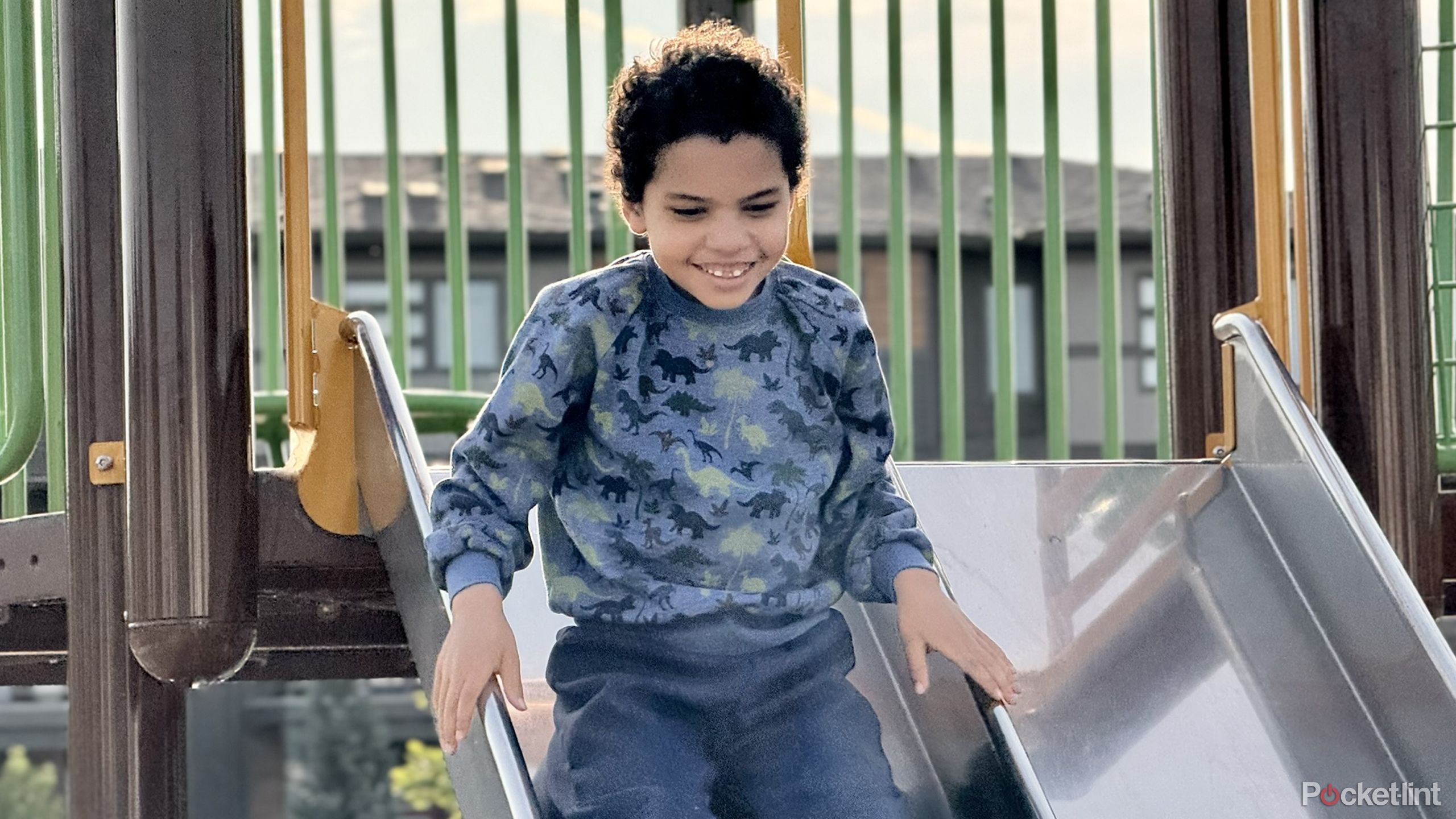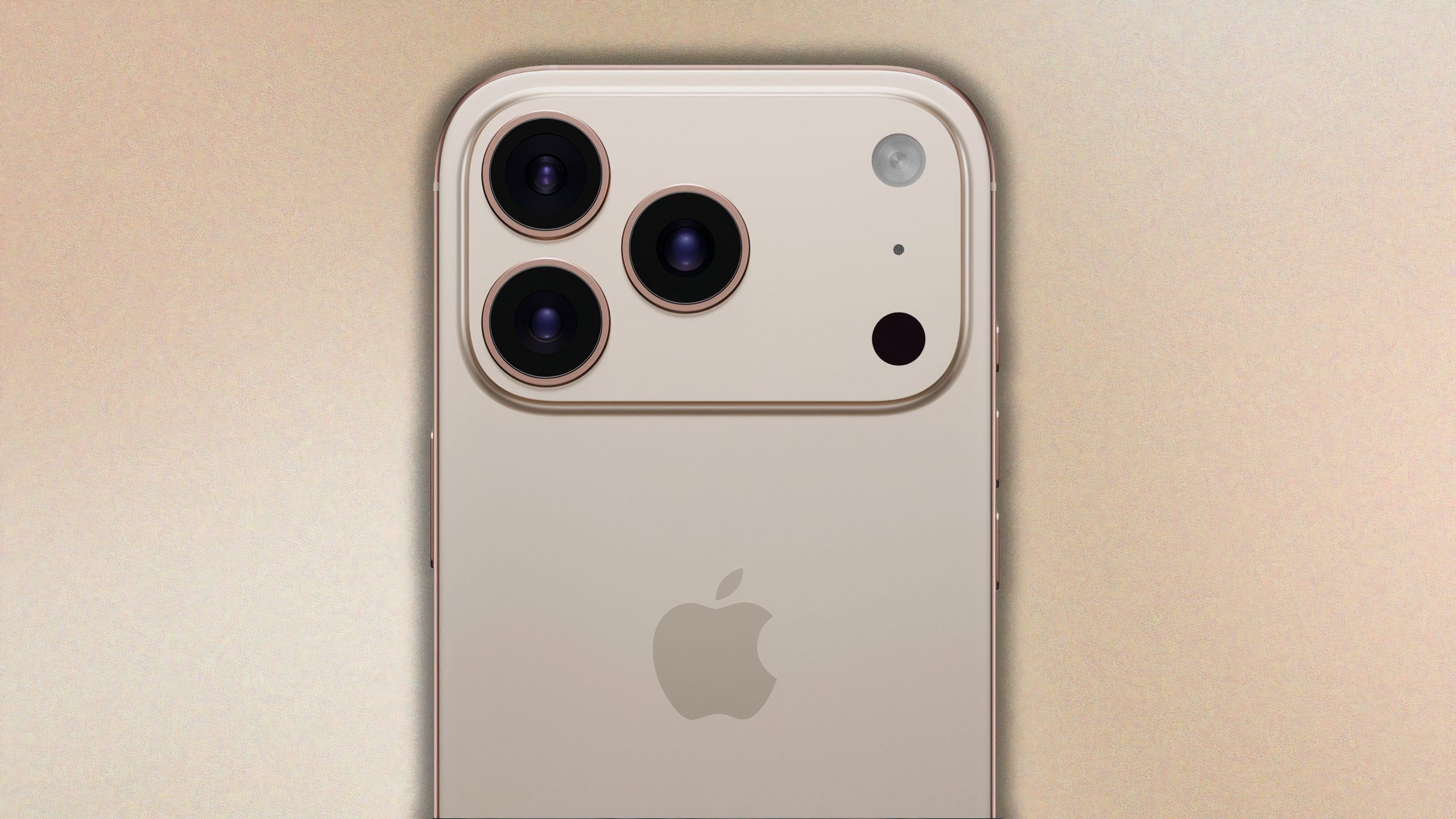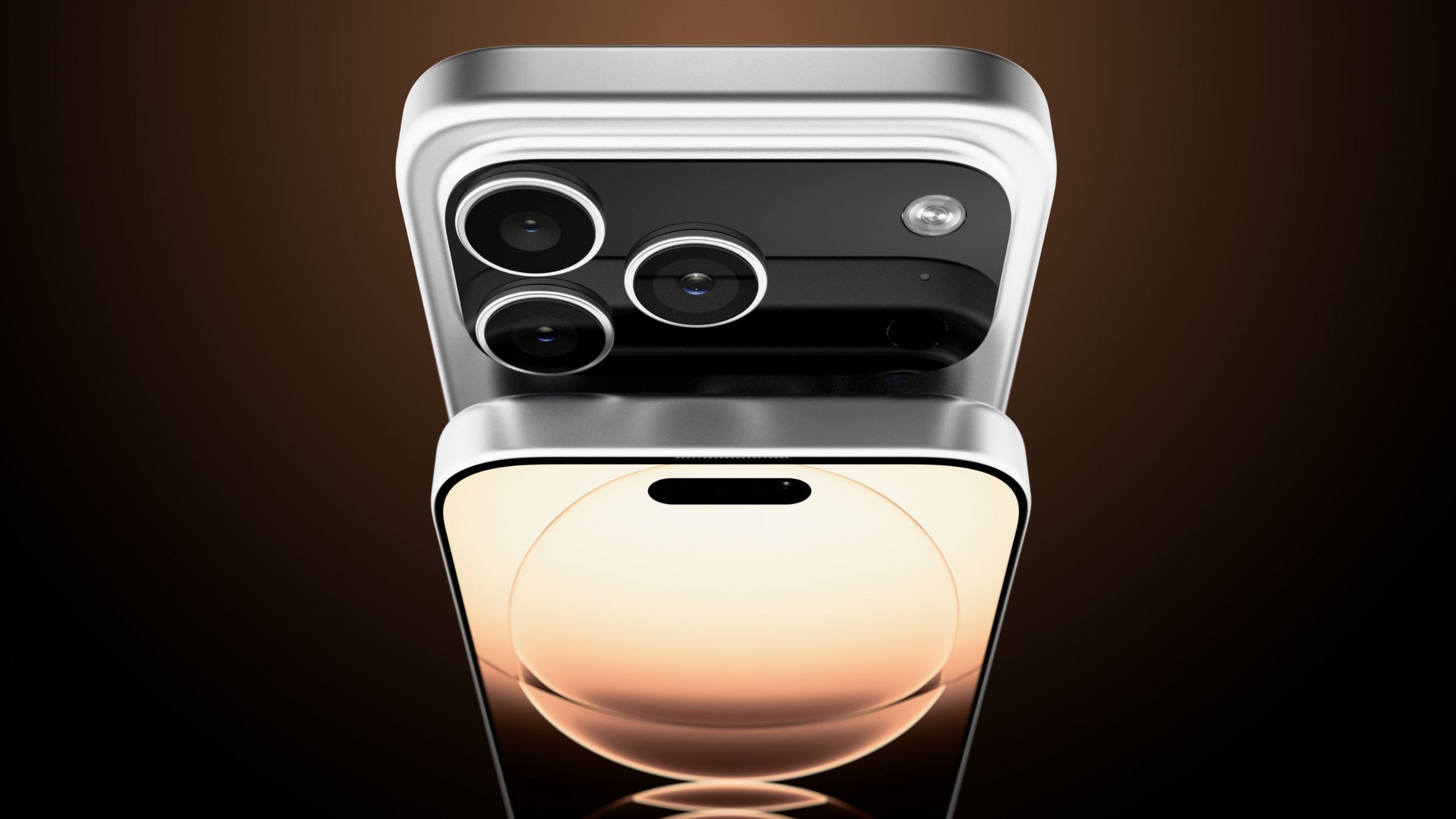Summary
- The iPhone 16 Pro’s telephoto camera is sorely in need of upgrades to resolution and light sensitivity, since it produces noise and blur the main camera doesn’t.
- Telephoto quality is extremely important — zoom produces better portraits, and in some cases, it’s the only way of meaningfully capturing a subject.
- It would make sense for Apple to stuff the iPhone 16 Pro’s primary sensor into the 17 Pro’s telephoto camera in fall 2025, but the company can be unpredictable sometimes.
When I decided to upgrade from an iPhone 13 to an iPhone 16 Pro last fall, one of the major incentives was gaining a telephoto lens. There were other reasons, of course — such as an always-on display, and Apple Intelligence compatibility for testing purposes — but the telephoto was arguably more important. Coming from a pro photography background, I’ve always bristled at the idea of being limited to a 24mm main lens or a 13mm ultra-wide, at least without buying into third-party add-on kits that may or may not be usable the next time I upgrade.
I have to admit, though, I’ve been a little disappointed with the 16 Pro’s telephoto now that I’ve used for nearly 10 months. I’m glad I have it, and I continue to use it occasionally — but it’s made me question the value of buying Pro iPhones in general, especially since the base iPhone 17may finally get an always-on display too.
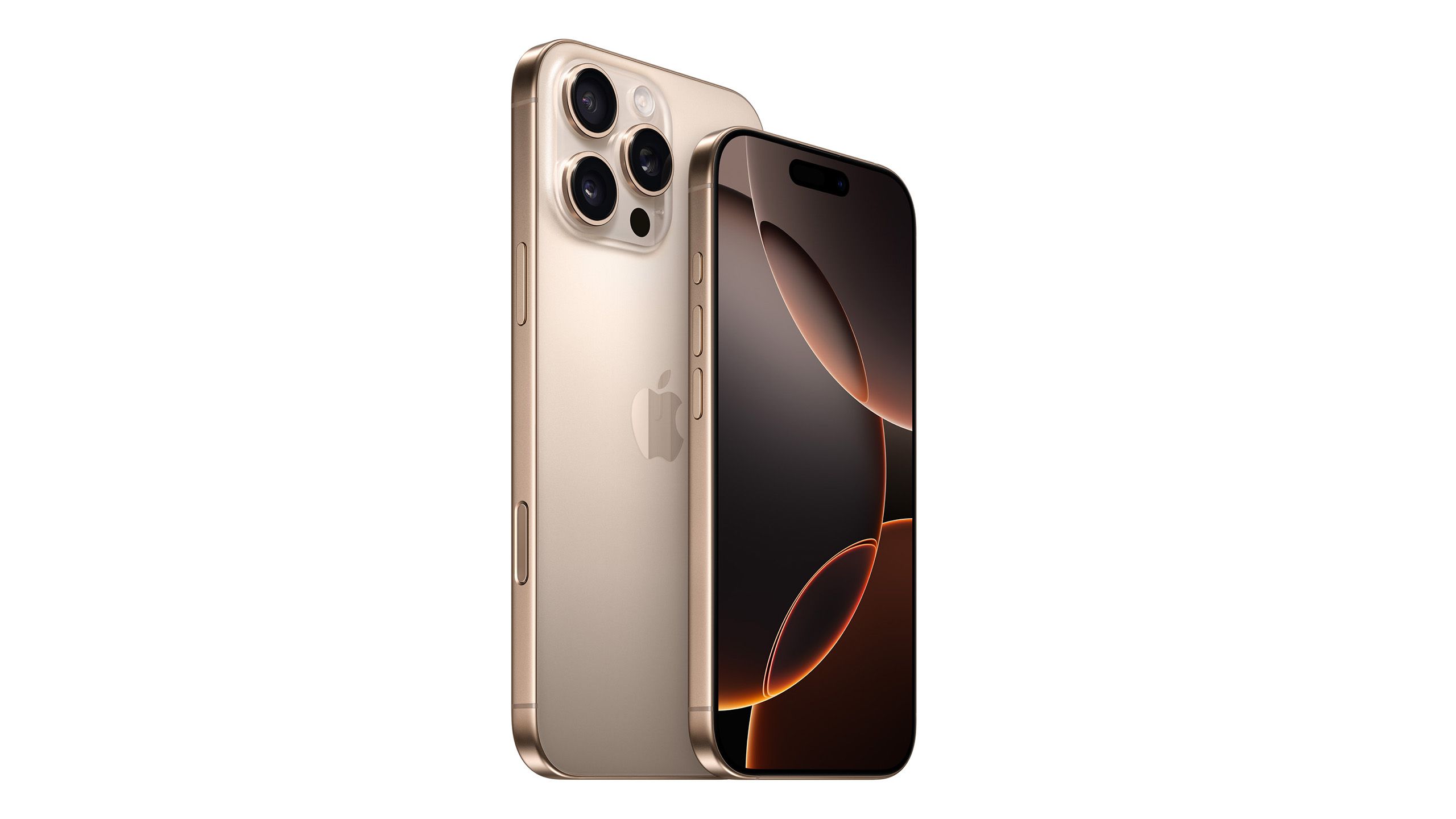
- Brand
-
Apple
- SoC
-
A18 Pro (3nm)
- Display
-
6.3-inch 1,206 x 2,622 pixel resolution 120Hz LTPO Super Retina XDR OLED, 120Hz, HDR10, Dolby Vision, 1000 nits (typical), 2000 nits (peak)
- Storage
-
128GB, 256GB, 512GB, 1TB
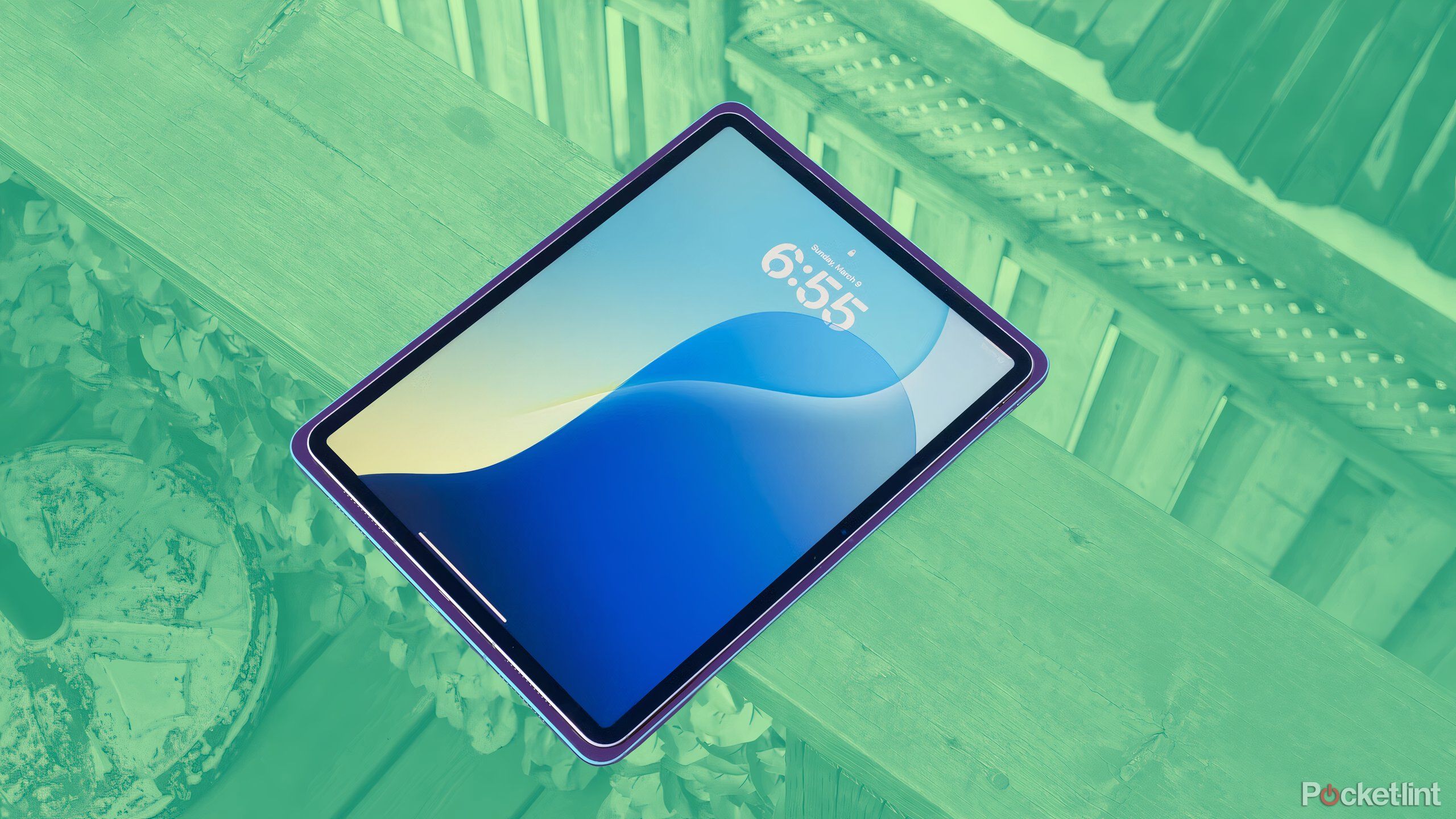
Related
4 changes I make immediately on a new iPad
Apple doesn’t deliver the best iPad experience out of the box, but it’s not far out of reach.
What’s wrong with the iPhone 16 Pro’s telephoto camera?
Promises versus practice
On paper, it should be excellent. It has a 120mm focal length, an f/2.8 aperture, and sensor-shifting optical image stabilization (OIS) to reduce motion blur. It’s true that a lot of pro camera lenses will have longer focal lengths, and/or adjustable zoom — my favorite Nikon lens was a Nikkor 80-200mm f/2.8 — but 120mm is a great length for portraits, as well as some events if you’re not in the nosebleeds.
Very quickly, though, I learned that the sensor in the telephoto is substantially worse than the one in the main camera. It’s not about megapixel count, although 12 megapixels will naturally produce less detail and room for cropping than the main camera’s 48 megapixels. No, the real issues are light sensitivity and stabilization, one or both of which need to be better.
The real issues are light sensitivity and stabilization, one or both of which need to be better.
In bright conditions, mostly midday sun, the telephoto does a decent job. I’ve used it to take many a photo of my son playing at the park. But the moment things transition from “bright” to just “well-lit,” visible noise starts to creep in. Photos with purely indoor lighting can be a crapshoot — some turn out fine, but others look like I’m shooting on a phone a decade old, even when the lighting isn’t that different. It’s often impossible to take an indoor action shot — I’ve seen excessive motion blur that made me question whether OIS was working at all.
You might say it’s unfair to expect high quality from something much cheaper and smaller than pro-level equipment, but that argument falls apart when you look at images from the 16 Pro’s main camera. They’re roundly excellent, even in low light — I’ve shot photos at night or in dark rooms that my old Nikon D300 could never have achieved. Clearly, Apple made an intentional decision to use an inferior telephoto sensor. It almost feels insulting when you consider that here in Canada, a 16 Pro starts at $1,449 CAD. I’d feel legitimately ripped off if I’d spent $1,749 CAD on a Pro Max.
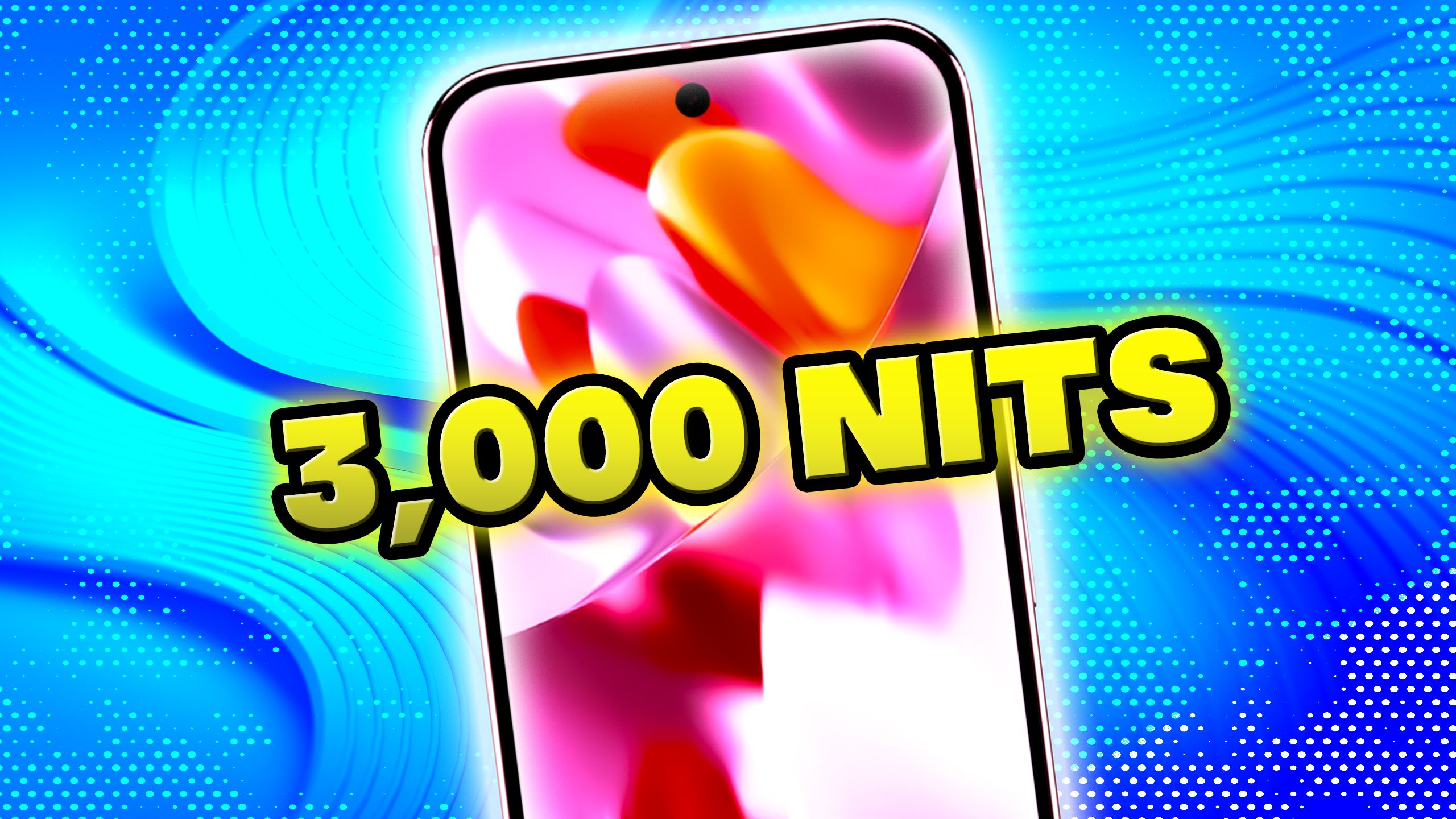
Related
I like my smartphones bright – here’s what you need to know about phone brightness
It’s nice to have the brightest screen possible, but you shouldn’t necessarily take advantage of it.
How Apple can fix its telephoto cameras
Obvious and not-so-obvious changes
Apple should at least upgrade its telephoto sensors to match its main ones. A telephoto can be as important as a primary camera, if not moreso — it’s not only better for portraits, but often the only way of capturing a subject in any meaningful detail. Let’s say you’re at a wedding reception — the gap between a 24mm lens and a 120mm one might mean the difference between filling the frame with the couple or mostly seeing the dance floor, and you shouldn’t have to opt for the wider shot because the sun isn’t directly overhead. You also shouldn’t have to cross your fingers that a telephoto shot can be used uncropped.
I’d like to see improvements to image stabilization too, but that might be a tall order in the design space smartphone cameras have to work with. The most important thing is a sensor with better low-light sensitivity — any new OIS tech will be icing on the cake.
Since the iPhone 17 Pro is rumored to be sticking to the same magnification as the 16 Pro, at some point, Apple’s going to have to crack and move beyond 5x zoom. Samsung’s Galaxy S25 Ultra can produce a 10x “optical quality” zoom, thanks to a 5x lens with a croppable 50-megapixel sensor. The leap between 5x and 10x isn’t trivial. I find that a 200mm lens or longer is often needed for scenarios like concerts and wildlife, so the 16 Pro’s 120mm can still fall well short.
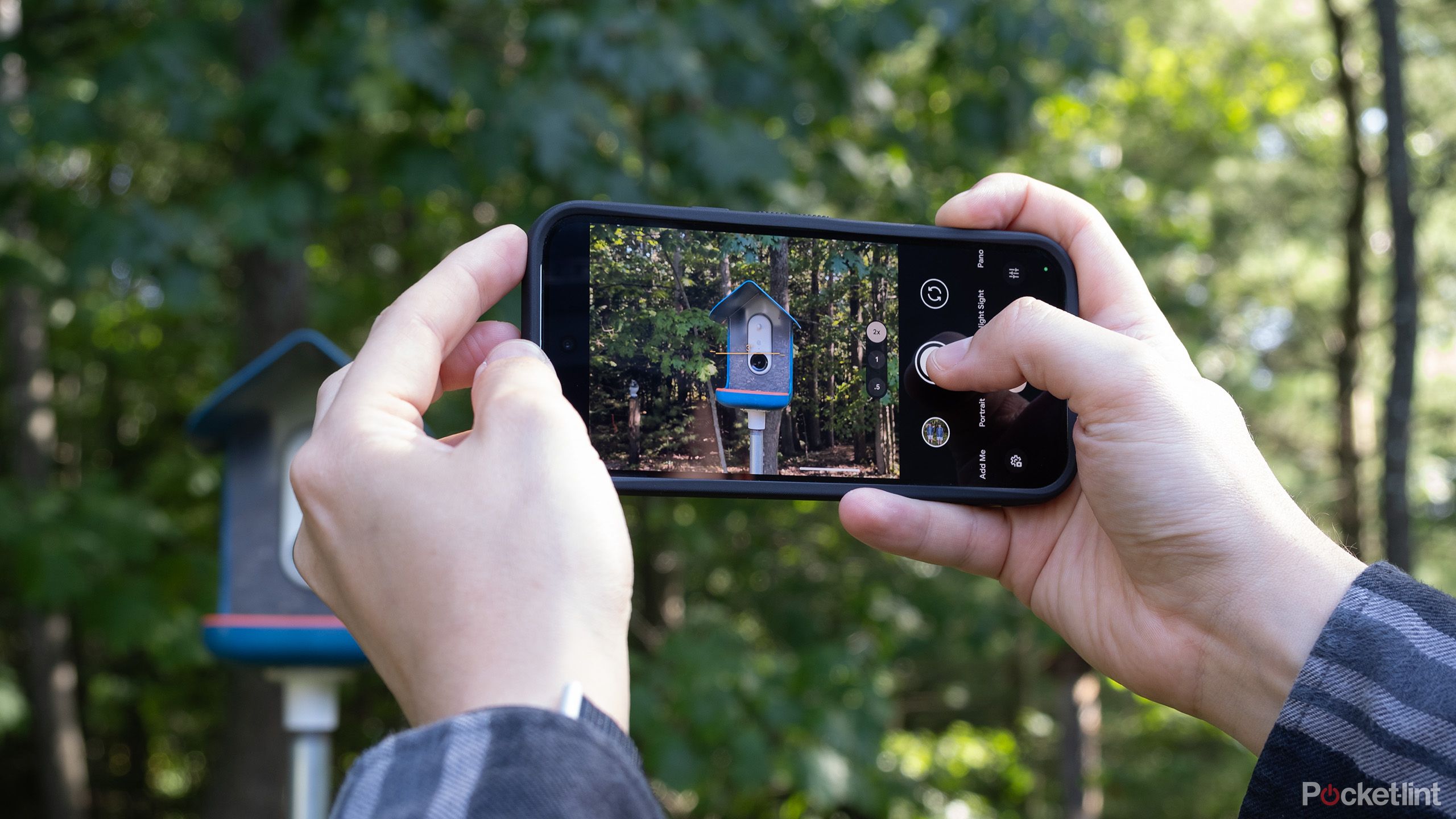
Related
5 tips for phone photographers that make your pictures not suck
You can do a lot with a little if you think like a pro.
The prospects for a telephoto upgrade
Sooner or later…
asherdipps
I wouldn’t be surprised to see the iPhone 17 Pro bump its telephoto to the same 48-megapixel sensor found in the 16 Pro’s main camera. Apple loves recycling parts, especially in a way that lets it spin them as an upgrade — just look at the M3 chip in the iPad Air, or any given Apple TV 4K upgrade. It’s also likely feeling pressure to compete with Samsung, not to mention Google, which put a 48-megapixel 5x camera in the Pixel 9 Pro. The Pixel 10 Pro is right around the corner, and it would look terrible if the IPhone 17 Pro was stuck with a quarter the resolution for years running.
Apple needs to wow me with real-world telephoto performance before I’ll consider dropping money on another Pro iPhone.
I’m surprised at what Apple will put up with, sometimes, so it’s hard to say much with confidence. What I will say is that Apple needs to wow me with real-world telephoto performance before I’ll consider dropping money on another Pro iPhone — I can make 2x zoom work if I have to in order to save hundreds of dollars. That’s money that could be put towards a better standalone camera.
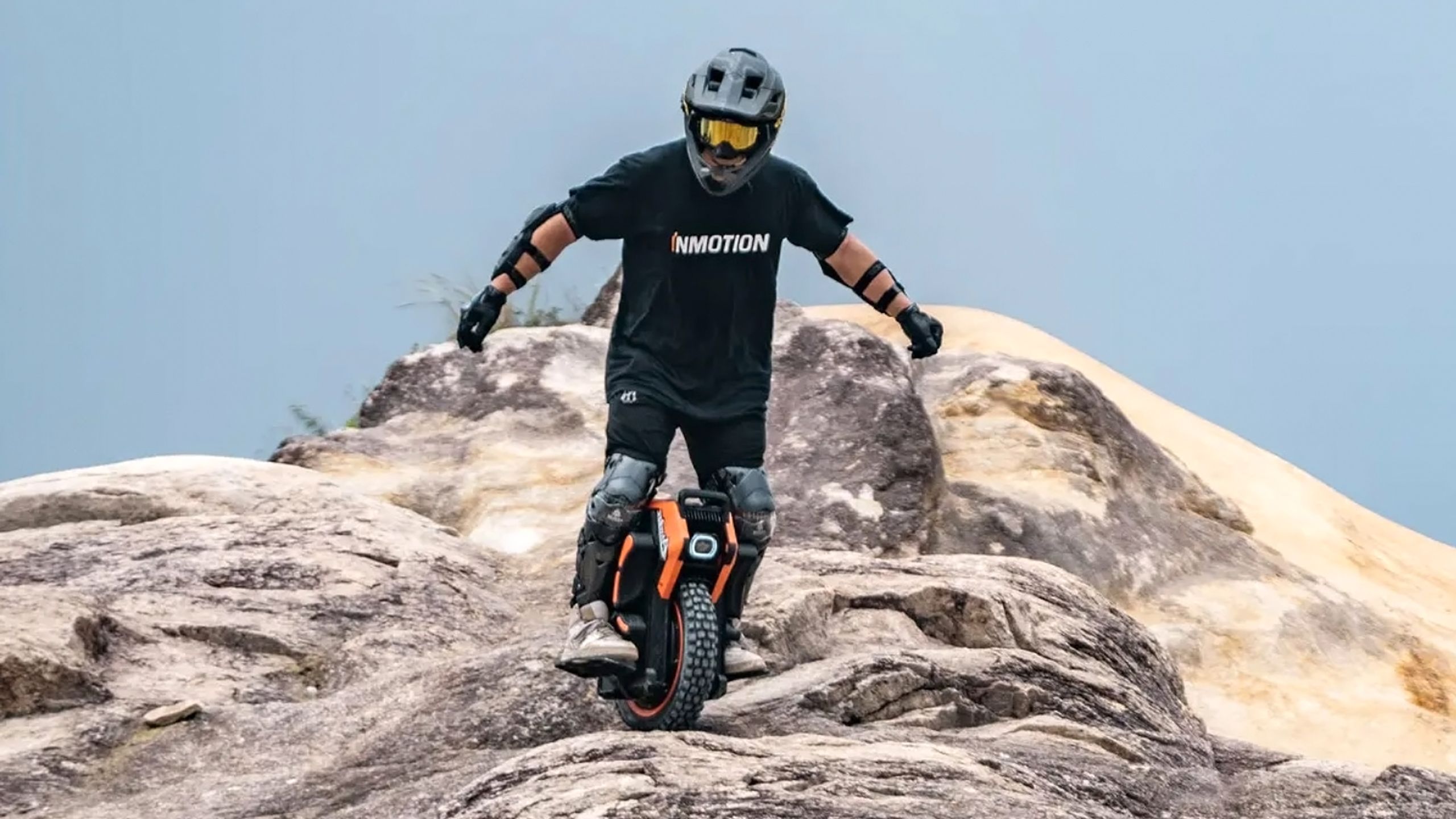
You might also like
Everything you need to know about PEVs, or personal electric vehicles
You can use PEVs like e-bikes and scooters to explore, run errands, or speed up your commute.





